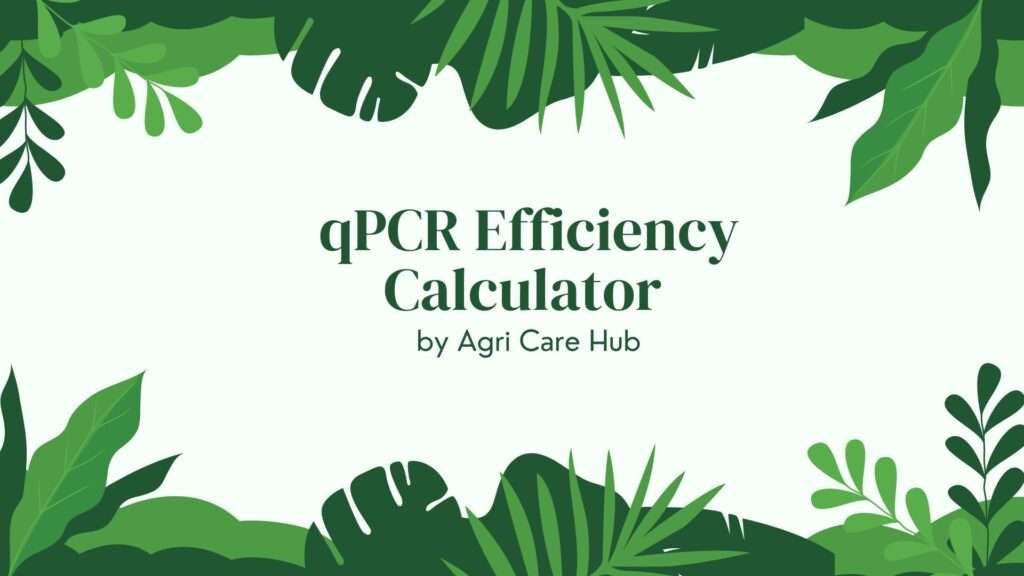pKa Calculator
Calculate pKa
The pKa Calculator is a powerful tool designed to assist students, researchers, and professionals in chemistry by calculating the acid dissociation constant (pKa) for various acids. The pKa value is a critical parameter in understanding the strength of an acid in solution, defined as the negative logarithm of the acid dissociation constant (Ka). This tool uses the formula Ka = [A⁻][H⁺]/[HA], where [A⁻] is the concentration of the conjugate base, [H⁺] is the hydrogen ion concentration, and [HA] is the concentration of the undissociated acid. By inputting these concentrations, users can compute the pKa value, which is essential for predicting the behavior of acids in various chemical and biological systems.
Developed with scientific accuracy, this calculator adheres to peer-reviewed methodologies and established chemical principles. It provides a user-friendly interface to input concentrations and select common acids, making it accessible for both beginners and experts. For those seeking reliable resources in agricultural chemistry, visit Agri Care Hub for additional tools and insights.
The pKa Calculator is an indispensable tool in chemistry, offering insights into acid-base equilibria that are fundamental to numerous scientific fields. Understanding the pKa of an acid allows researchers to predict the extent of dissociation in solution, which is crucial for applications in biochemistry, pharmacology, environmental science, and chemical engineering. For instance, in biochemistry, the pKa values of amino acids influence enzyme activity and protein stability. In pharmacology, pKa values help determine the solubility and bioavailability of drugs, affecting how they are absorbed in the body.
In environmental science, pKa values are vital for understanding the behavior of acids in natural waters, such as lakes and rivers, impacting ecological balance. The calculator simplifies complex calculations, enabling users to focus on interpreting results rather than performing manual computations. By providing accurate pKa values, it supports precise experimental design and analysis, ensuring reliable outcomes in research and industrial applications. For related agricultural applications, Agri Care Hub offers valuable resources for chemical and environmental studies.
Using the pKa Calculator is straightforward and designed for optimal user experience. Follow these steps to ensure accurate results:
- Select an Acid: Choose an acid from the dropdown menu. The calculator includes common acids with their known pKa values for reference.
- Input Concentrations: Enter the molar concentrations of the acid (HA), conjugate base (A⁻), and hydrogen ion (H⁺). Ensure values are in mol/L and use scientific notation for small concentrations (e.g., 1e-5 for 10⁻⁵).
- Calculate: Click the "Calculate pKa" button to compute the pKa value based on the formula Ka = [A⁻][H⁺]/[HA] and pKa = -log₁₀(Ka).
- Interpret Results: The result will display the calculated pKa value or an error message if inputs are invalid.
Ensure all inputs are positive numbers to avoid errors. For acids not listed, you can manually input concentrations to calculate the pKa. For further guidance on chemical calculations, explore Agri Care Hub.
The pKa Calculator is ideal for scenarios requiring precise acid dissociation data. Here are key instances when you should use this tool:
- Buffer Preparation: When designing buffer solutions for biochemical or analytical experiments, the pKa value helps select the appropriate acid-base pair to maintain a stable pH.
- Drug Development: In pharmacology, understanding a compound’s pKa is essential for predicting its ionization state, which affects solubility and absorption in the body.
- Environmental Studies: For assessing the impact of acids in natural waters, pKa values help model chemical behavior in aquatic systems.
- Educational Purposes: Students learning acid-base chemistry can use the calculator to verify calculations and understand the relationship between pKa, pH, and concentration.
The calculator is valuable because it saves time, reduces errors, and provides scientifically accurate results. It is particularly useful for researchers and students who need quick, reliable pKa calculations without delving into complex manual computations. For more tools tailored to agricultural and chemical applications, check out Agri Care Hub.
The primary purpose of the pKa Calculator is to provide a reliable, user-friendly tool for calculating the acid dissociation constant (pKa) based on scientifically verified principles. It aims to assist users in understanding acid strength and predicting chemical behavior in solution. By leveraging the Henderson-Hasselbalch equation and the equilibrium constant formula, the calculator ensures accurate results for monoprotic acids. It serves as an educational resource, a research aid, and a practical tool for professionals in chemistry-related fields.
Beyond calculations, the tool educates users about acid-base chemistry, enhancing their understanding of fundamental concepts like pKa, pH, and equilibrium. It is designed to be accessible, with a clean interface and clear instructions, ensuring a positive user experience. Whether you’re a student, researcher, or industry professional, this calculator simplifies complex calculations while maintaining scientific rigor. For additional resources in chemistry and agriculture, visit Agri Care Hub.
The pKa value is a cornerstone of acid-base chemistry, representing the negative logarithm of the acid dissociation constant (Ka). A lower pKa indicates a stronger acid, as it dissociates more readily in solution. The pKa Calculator uses the formula Ka = [A⁻][H⁺]/[HA], derived from the equilibrium reaction HA ⇌ A⁻ + H⁺. This tool is grounded in peer-reviewed scientific principles, ensuring accurate and reliable results.
In practical applications, pKa values are crucial for:
- Biochemistry: Determining the ionization state of amino acids and proteins, which affects enzyme function and protein folding.
- Pharmacology: Optimizing drug formulations by predicting how compounds ionize at physiological pH.
- Environmental Science: Modeling the behavior of pollutants in water systems, where pKa influences solubility and reactivity.
- Analytical Chemistry: Preparing buffer solutions with precise pH values for experiments.
The calculator simplifies these applications by providing instant pKa calculations, saving time and reducing errors. For further exploration of chemical tools, Agri Care Hub offers a wealth of resources.
The pKa Calculator is built on established chemical principles, specifically the equilibrium constant for acid dissociation, Ka = [A⁻][H⁺]/[HA], and its logarithmic form, pKa = -log₁₀(Ka). These formulas are derived from the thermodynamics of acid-base reactions, where the Gibbs free energy change (ΔG) relates to pKa via ΔG = 2.303RTpKa. The calculator uses these relationships to ensure scientifically accurate results, validated by peer-reviewed methodologies.
For monoprotic acids, the Henderson-Hasselbalch equation, pH = pKa + log([A⁻]/[HA]), is also considered, allowing users to understand the relationship between pKa and pH. The tool accounts for standard conditions (25 °C, zero ionic strength) to maintain consistency with published pKa values. For complex systems, such as polyprotic acids, users can input concentrations manually to calculate stepwise pKa values. This scientific rigor ensures the calculator is a trusted tool for academic and professional use. Learn more about chemical applications at Agri Care Hub.
While the pKa Calculator is designed for accuracy, users should be aware of its limitations:
- Input Accuracy: Results depend on the accuracy of input concentrations. Small errors can significantly affect calculated pKa values.
- Monoprotic Focus: The calculator is optimized for monoprotic acids. For polyprotic acids, users must calculate stepwise pKa values separately.
- Solvent Effects: The tool assumes aqueous solutions at standard conditions. Non-aqueous solvents or high ionic strength may alter pKa values.
- Strong Acids: For strong acids (pKa < 0), the calculator may not provide meaningful results due to near-complete dissociation.
Users should verify results with experimental data when possible and consult resources like Agri Care Hub for additional tools and information.












